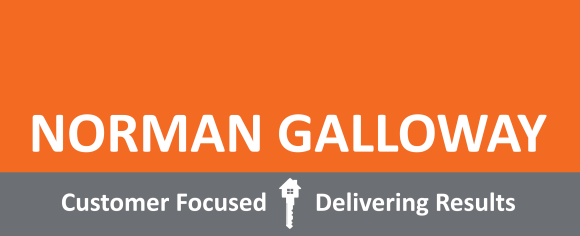Paying tax and National Insurance
When you rent out property you may have to pay tax, it is unfortunately yet another requirement that all landlords are urged to consider. I've included here some key points as I see it, lifted directly from the HMRC website on 29/04/2020. I have included a link to the website below, so that you can check it out for yourself and keep up to date with any changes.
These rules also apply to Scotland and Northern Ireland.
Running a property business
You have to pay Class 2 National Insurance if your profits are £6,475 a year or more and what you do counts as running a business, for example if all the following apply:
- being a landlord is your main job
- you rent out more than one property
- you’re buying new properties to rent out
If your profits are under £6,475, you can make voluntary Class 2 National Insurance payments, for example to make sure you get the full State Pension.
You do not pay National Insurance if you’re not running a business - even if you do work like arranging repairs, advertising for tenants and arranging tenancy agreements.
Property you personally own
The first £1,000 of your income from property rental is tax-free. This is your ‘property allowance’.
Contact HMRC if your income from property rental is between £1,000 and £2,500 a year.
You must report it on a Self Assessment tax return if it’s:
- £2,500 to £9,999 after allowable expenses
- £10,000 or more before allowable expenses
If you do not usually send a tax return, you need to register by 5 October following the tax year you had rental income.
Declaring unpaid tax
You can declare unpaid tax by telling HMRC about rental income from previous years. If you have to pay a penalty it’ll be lower than if HMRC find out about the income themselves.
You’ll be given a disclosure reference number. You then have 3 months to work out what you owe and pay it.
Do not include the £1,000 tax-free property allowance for any tax years before 2017 to 2018.
Property owned by a company
Count the rental income the same way as any other business income.
Costs you can claim to reduce tax
There are different tax rules for:
- residential properties
- furnished holiday lettings
- commercial properties
Residential properties
You or your company must pay tax on the profit you make from renting out the property, after deductions for ‘allowable expenses’.
Allowable expenses are things you need to spend money on in the day-to-day running of the property, like:
- letting agents’ fees
- legal fees for lets of a year or less, or for renewing a lease for less than 50 years
- accountants’ fees
- buildings and contents insurance
- interest on property loans
- maintenance and repairs to the property (but not improvements)
- utility bills, like gas, water and electricity
- rent, ground rent, service charges
- Council Tax
- services you pay for, like cleaning or gardening
- other direct costs of letting the property, like phone calls, stationery and advertising
Allowable expenses do not include ‘capital expenditure’ - like buying a property or renovating it beyond repairs for wear and tear.
You may be able to claim tax relief on money spent on replacing a ‘domestic item’. This is called ‘replacement of domestic items relief’.
Domestic items include:
- beds
- sofas
- curtains
- carpets
- fridges
- crockery and cutlery
You must have only bought the domestic item for use by tenants in a residential property and the item you replaced must no longer be used in that property.
The replacement of domestic items relief is available from:
- the 2016 to 2017 tax year for individuals and partnerships
- 1 April 2016 for companies
Furnished residential lettings
You may be able to claim ‘wear and tear allowance’:
- for the 2015 to 2016 tax year for individuals and partnerships
- on or before 31 March 2016 for companies
Furnished holiday lettings
For furnished holiday homes, you may be able to claim:
- plant and machinery capital allowances on furniture, furnishings and so on in the let property, as well as on equipment used outside the property (like vans and tools)
- reliefs - Business Asset Rollover Relief, Entrepreneurs’ Relief, relief for gifts of business assets and relief for loans to traders
You can only claim these if all the following apply:
- the property is offered to let for at least 210 days a year
- it’s let for more than 105 days a year
- no single let is more than 31 days
- you charge the going rate for similar properties in the area (‘market value’)
If you own the property personally, your profits count as earnings for pension purposes.
You can download helpsheets to help you with your tax return:
- capital allowances
- furnished holiday lettings
Commercial properties
You can claim plant and machinery capital allowances on some items if you rent out a commercial property - like a shop, garage or lock-up.
Working out your profit
You work out the net profit or loss for all your property lettings (except furnished holiday lettings) as if it’s a single business. To do this, you:
- add together all your rental income
- add together all your allowable expenses
- take the expenses away from the income
Work out the profit or loss from furnished holiday lettings separately from any other rental business to make sure you only claim these tax advantages for eligible properties.
Making a loss
Deduct any losses from your profit and enter the figure on your Self Assessment form.
You can offset your loss against:
- future profits by carrying it forward to a later year
- profits from other properties (if you have them)
You can only offset losses against future profits in the same business.


